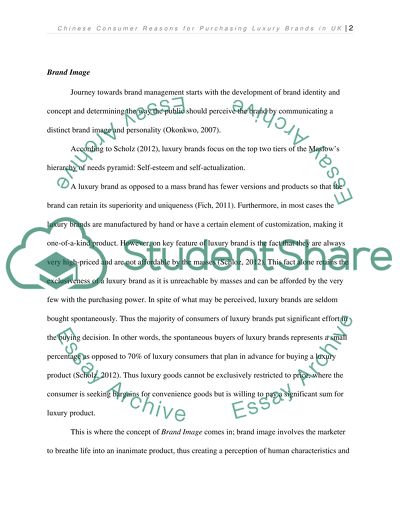Cite this document
(“An investigation into Chinese consumers' reasons for purchasing luxury Literature review”, n.d.)
Retrieved from https://studentshare.org/marketing/1461570-an-investigation-into-chinese-consumersyie-reasons
Retrieved from https://studentshare.org/marketing/1461570-an-investigation-into-chinese-consumersyie-reasons
(An Investigation into Chinese consumers' Reasons for Purchasing Luxury Literature Review)
https://studentshare.org/marketing/1461570-an-investigation-into-chinese-consumersyie-reasons.
https://studentshare.org/marketing/1461570-an-investigation-into-chinese-consumersyie-reasons.
“An Investigation into Chinese consumers' Reasons for Purchasing Luxury Literature Review”, n.d. https://studentshare.org/marketing/1461570-an-investigation-into-chinese-consumersyie-reasons.


